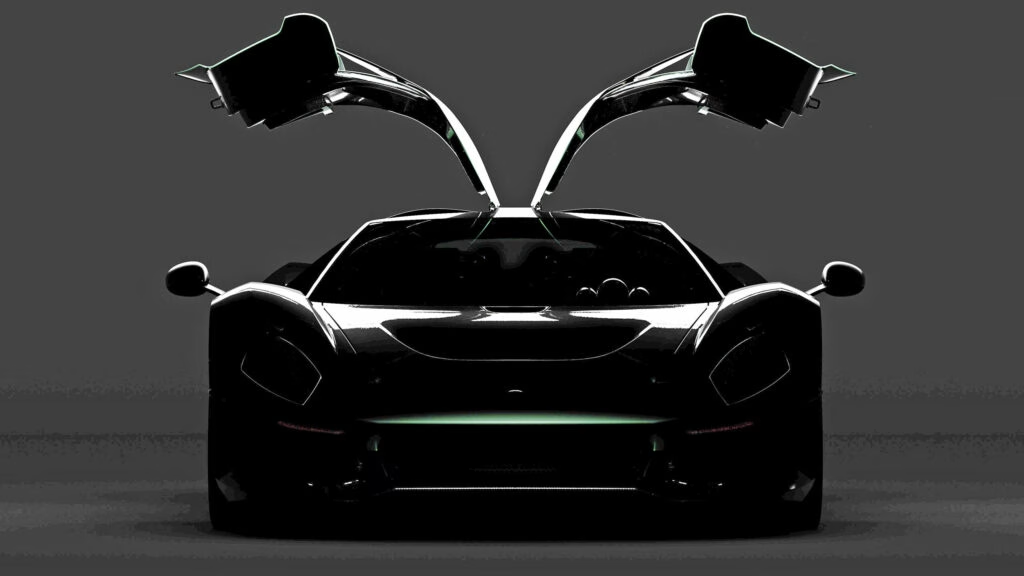What Makes Zagato’s First Hypercar So Special?
When you hear the name Zagato, you probably picture swooping lines, rare Italian coupes, and a certain old-school glamour that’s hard to replicate. But now, for the first time in its 106-year history, Zagato is stepping into the hypercar arena—on its own terms. Teaming up with Capricorn, the German engineering powerhouse known for its work on the Apollo IE’s carbon fiber monocoque, Zagato is about to unveil a hypercar that’s equal parts art and engineering. Only 19 will be built, each by hand, with production slated to begin in the first half of 2026.
Why Are Collectors and Enthusiasts Buzzing About This Car?
Let’s be honest: the world isn’t exactly short on hypercars. But demand for these multi-million dollar machines has never been higher. According to a 2023 report by Knight Frank, the value of rare, limited-production supercars has outpaced many traditional luxury assets over the past five years. So when a legendary design house like Zagato announces its first in-house hypercar—especially one limited to just 19 units—collectors sit up and take notice.
The car’s debut is set for next month at the Zoute Grand Prix in Belgium, a fitting stage for something this exclusive. So far, only a single, shadowy teaser image has been released, but that hasn’t stopped enthusiasts from poring over every pixel for clues.
Which Design Details Set This Hypercar Apart?
Even in the teaser, a few standout features leap off the screen. First, those gullwing doors—arguably the most dramatic way to enter a car, and a nod to icons like the Mercedes 300SL. The wing mirrors are mounted far out on the front haunches, giving the car a wide, purposeful stance. Up front, there’s a large air extraction vent on the hood, a subtle front bumper, and a pair of squircle-shaped headlights that blend retro charm with modern flair.
Zagato’s approach here is refreshing. While many hypercars chase ever-more aggressive aerodynamics, this one leans into a polished, retro-inspired aesthetic. It’s a reminder that speed and beauty aren’t mutually exclusive—and sometimes, less really is more.
How Does the Interior Reflect Zagato’s Philosophy?
While the interior remains mostly under wraps, one detail stands out: three classic round gauges in place of the now-ubiquitous digital displays. In an era where touchscreens dominate, this analogue touch feels almost rebellious. It’s a deliberate choice, signaling that this hypercar is as much about the tactile, emotional side of driving as it is about raw numbers.
This analogue ethos isn’t just nostalgia for its own sake. Studies from the University of Michigan’s Transportation Research Institute have shown that drivers often feel more connected and less distracted with traditional controls, especially in high-performance settings. Zagato seems to be betting that, for its clientele, the driving experience matters as much as the spec sheet.
What’s Known About the Engineering and Performance?
Technical specs are still under wraps, but a few things are clear. Capricorn’s involvement means the car will likely feature cutting-edge carbon fiber construction, ensuring a lightweight yet rigid chassis. The phrase “analogue configuration” hints at a focus on driver engagement—possibly a naturally aspirated engine, a manual transmission, or at least minimal electronic interference.
Given Capricorn’s track record and Zagato’s racing heritage, expect performance to be on par with the world’s best. But don’t be surprised if the real magic lies in how the car feels, not just how fast it goes.
Why Is This Car a Milestone for Zagato?
Andrea Zagato, the company’s president, calls this project a turning point—a new segment of collectibles designed to enhance the driving experience beyond both contemporary and classic categories. That’s a bold claim, but it’s rooted in history. Zagato has spent over a century collaborating with more than 45 automotive brands, shaping some of the most desirable GT cars ever made. Now, for the first time, it’s channeling all that experience into a car that wears only its own badge.
This move isn’t just about prestige. It’s about control—over design, engineering, and the final product. In a world where many hypercars are the result of complex partnerships or badge engineering, Zagato’s approach feels refreshingly direct.
What Should Potential Buyers and Fans Expect Next?
With the official unveiling just weeks away, anticipation is building. If history is any guide, all 19 units will be spoken for long before the first car leaves the factory. For those lucky enough to get an allocation, this isn’t just a car—it’s a piece of automotive history in the making.
For everyone else, it’s a reminder that even in a world obsessed with technology and lap times, there’s still room for craftsmanship, beauty, and a bit of old-school soul.
The big takeaway? The Zagato hypercar isn’t about chasing perfection or the latest digital trend—it’s about making smarter, more soulful choices. Start by appreciating one analogue detail this week, and you might just find yourself craving a little more connection in everything you drive.

